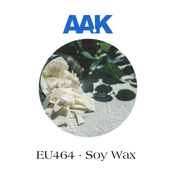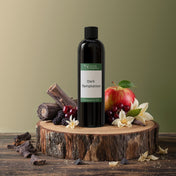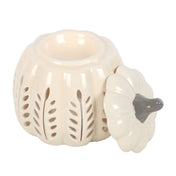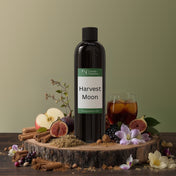In our experience, soy wax provides the best balance of ease of use and consistent results out of all candle waxes available. As a candle maker, it’s important to be able to trust and work with your ingredients and we feel soy wax offers just that. Whilst this is the case, you may from time to time experience a handful of results that aren’t to your liking. In this first article of the series, we look at ‘Lumpy Tops’.
What is a ‘Lumpy Top’?
As you’re probably expecting, a lumpy top is when a candle does not form with the smooth top we expect from a candle. Whilst it can be a frustrating and sometimes costly experience, it can sometimes happen months after pouring, and have an impact on the satisfaction of customers who have purchased your candles.
What can cause Lumpy Tops?
Temperatures during pouring and setting are the two main causes of Lumpy Tops. The recommended pour temperature should always be used as the starting point, and temperatures below this are likely to cause the issue. In terms of temperature, the air temperature at pouring and during curing can also be the source of Lumpy Tops. It's important to be mindful of that the same pour temperature in the summer and the winter are likely to lead to differing results. We recommend testing pour temperature following a change of season.
How can I avoid Lumpy Tops?
As with a lot of guidance from NI Candle Supplies, we recommend testing your wax at different pour temperatures. Start at the recommended pour temperature (measured with a thermometer) and should lumpy tops occur, raise your pour temperature in 1 degree increments.
In terms of air temperature, try to ensure an ambient air temperature in your production and storage area. If this is not possible, gently heating your glass containers in the oven at low temperature is a good way to avoid the issue of a lumpy top.
Fragrances can, on occasion, also cause an issue known a ‘curdling’. Vanilla and essential oils like lavender and rose geranium do have greater tendency to cause this effect. If this does happen during testing, slowly increase your pour temperature during testing. If the issue still persists, take a look at using some alternative fragrances.
As big advocates of soy wax, we’re always keen to offer support and advice where we can. To get more information on soy wax, we’re always happy to help via our online chat, email or telephone.










